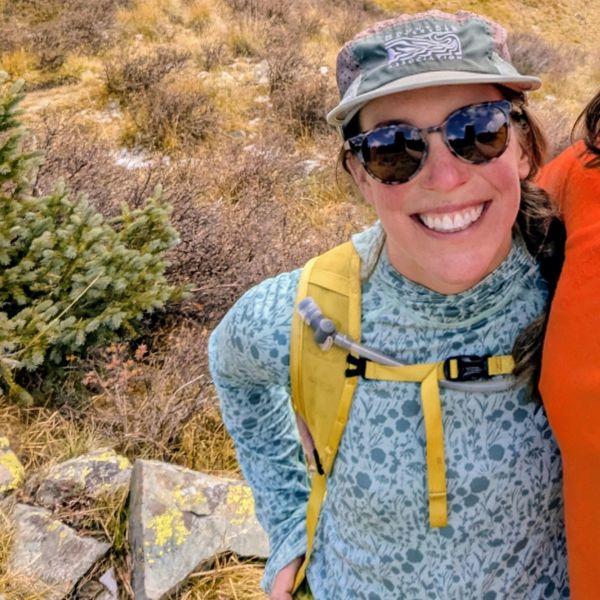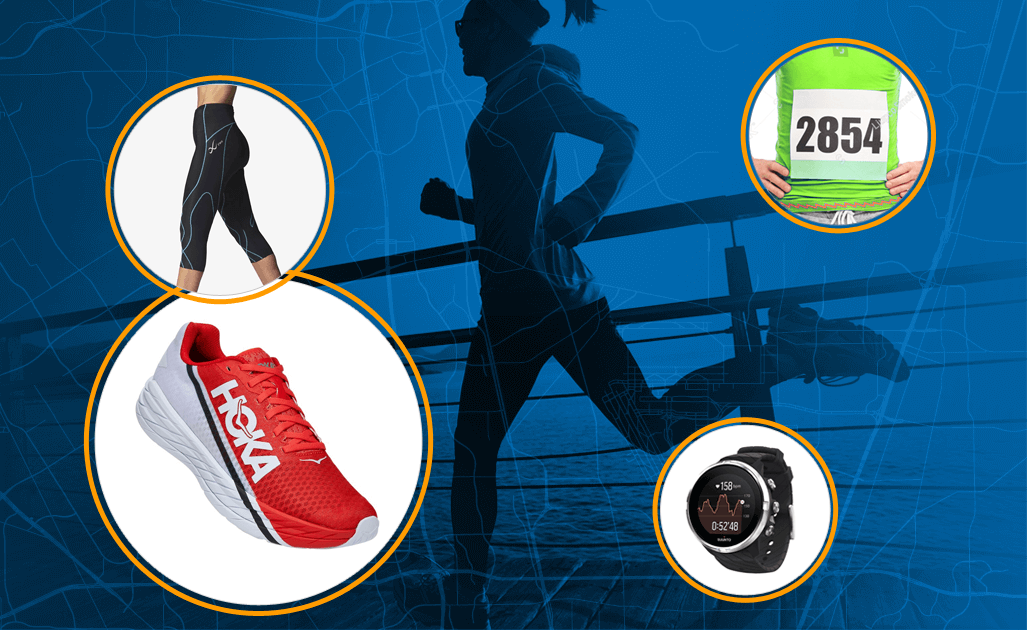Got a gnarly running trail on your mind?
.
You know, one of those trails with...
How are you going to make it through a gnarly running trail without a crash-and-burn disaster?
.
These 4 tips for technical terrain will help you stay on your feet, avoid falls, and enjoy the adventure.
Trail running and road running might as well be different sports.
.
Road running
Running trails
Sometimes a rolling dirt road hits the spot.
.
You know...it's more engaging than your typical sidewalk, but not so much as to interrupt your train of thought.
.
But there’s a difference between choosing the more mindless trail and limiting yourself to it, though.
.
Technical terrain doesn’t have to be intimidating.
You just can’t find that kind of exhilaration on concrete. And besides, even pavement purists can stand to learn something from technical trails.
.
Nothing like a little off-road bobbing and weaving to put picking up the pace on the flats in perspective! Ten bucks says your turnover will only get faster for it.
.
Ready for some gnarly running trails?
.
Take these FOUR tips for running on technical terrain with you to the trailhead. No matter what running goals you have in mind, improving your confidence and agility on the trails can play a part.
Runners tend to tense up the second terrain under their feet gets unstable. It’s an instinctual response as the body fights for a sense of security. Muscle contractions are its way of trying to keep you safe.
.
But too much tightness actually makes matters worse.
Though it might seem counterintuitive, the key to running well on technical terrain is loosening up.
.
Here's how...
Remember: That rock isn’t going anywhere. It’s up to you to get out of its way or face the consequences. Give your body the chance to change course in time.
A more relaxed approach also makes it easier to stay nimble on your feet.
.
Slow steps won’t do your performance on technical trail any favors.
.
Ever tried stomping on a tree stump?
Quicken your cadence to decrease the forces reverberating through your body.
Practice this by thinking of technical trail running as an extended game of hopscotch.
Technical trail running involves almost as much lateral movement as longitudinal.
Anything to keep up the momentum...
Lateral movement also assists with balance.
Another way to boost your balance on unsteady terrain is to recruit your upper body.
But in this case, we’re talking about more than just pumping your arms back and forth.
Use 'Airplane Arms'
.
Professional runner and two-time World Mountain Running Champion Grayson Murphy has made “airplane arms” her trademark move.
.
The stance keeps her on her feet and adaptable to her surroundings.
.
“Don’t worry about looking silly,” she laughs. “It’ll make you faster!”
.
And in the end, whatever keeps you from face-planting is a fair trade for silliness anyway.
Share your tips, advice or lessons learned in the comments.

Login to your account to leave a comment.





We Want to Give it to You!
